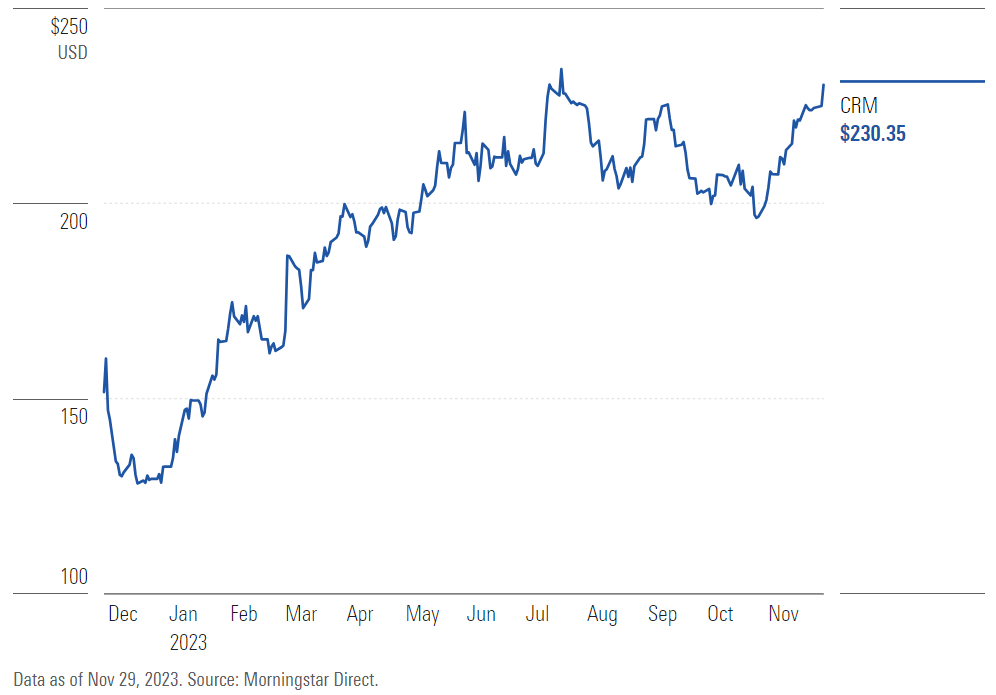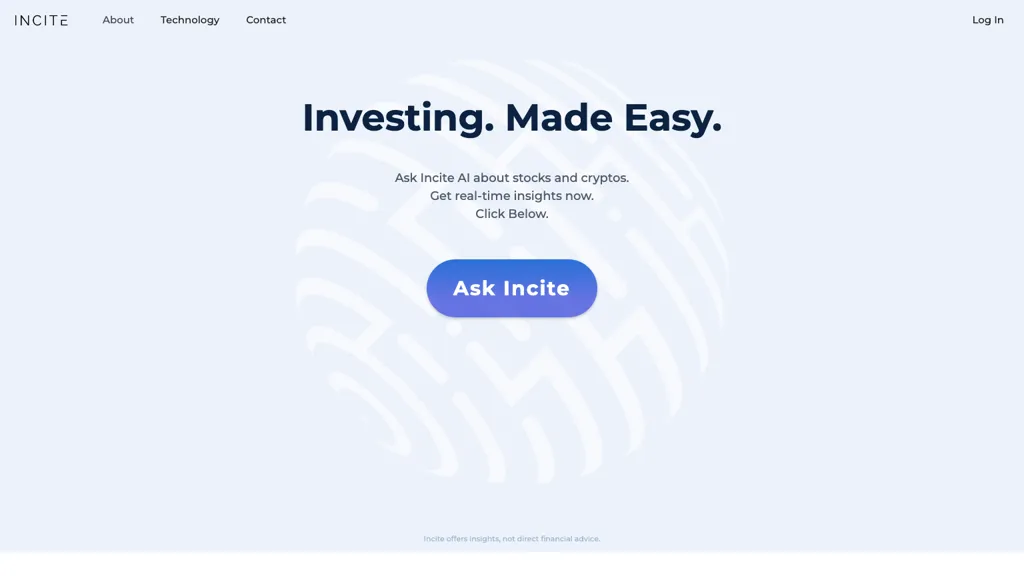Top 10 Suggestions For Looking At The Cost And Pricing For Ai Analysis And Stock Prediction Platforms.
To ensure you achieve the highest value, you must assess and price AI analysis and stock prediction platforms. Prices vary widely which is why it’s essential to understand the value you get for your money. Here are the top ten tips for evaluating the cost and pricing of these platforms:
1. Understanding Pricing Model
Subscription-based: Check if the platform charges monthly or annually, and what features are included in each tier.
Pay-per-use: Determine if you are charged by the amount you use the platform (e.g. the number of transactions or requests for data).
Freemium Model: Examine whether the platform has a free model that offers the most basic features. Premium features are paid for.
2. Compare Pricing Tiers
Comparing the features included in each price level (e.g. basic professional, professional, and enterprise).
Scalability: Make sure that the pricing tiers are in line with your requirements, whether you’re an individual trader a professional, or an institutional member.
Upgrade flexibility: See the possibility of being easily upgraded or decreased as your needs evolve.
3. Evaluate Hidden Costs
Data fees are a matter of fact. Find out if you are required to pay for access to premium data.
Brokerage fees: Find out whether the platform is charged additional charges to conduct trades or connect with brokers.
API usage: Determine if are liable for additional charges due to high-frequency API usage or API access.
4. Assess Free Trials and Demos
Trial period: Test platforms that offer a free trial or demo so that you can try their features.
Trial limitations: Decide whether you can utilize all features included in the trial or only the trial’s features in a limited amount.
Choice of no-commitment: Be sure you can cancel your trial at any time if it doesn’t suit your needs.
5. Check for Promotions and Discounts
Discounts on annual subscriptions The monthly plan is compared against an annual subscription.
Referral programs: Find out whether you are eligible for credits or discounts by making others aware of the platform.
Pricing for institutions In the event that you are part of an organization which is larger, inquire about bulk or institution pricing.
6. How do you evaluate return on investment (ROI).
Cost vs. Value: Decide if the features and predictions of the platform justify its cost. For example, does it help you make better trade decisions or help you save time?
Track record of performance: Study the platform’s success rate or user testimonials to gauge its potential ROI.
Alternative costs – Compare the platform’s cost to the possible cost for not using it (e.g., missed opportunity, manual analysis time).
7. Review and review cancellations and refunds Policies
Cancellation Terms: You can cancel your subscription without any hidden fees or penalties.
Refund policy: Make sure to check whether the platform allows refunds for unused parts of your subscription.
Auto-renewal (automatic renewal) Learn whether you need to renew your subscription automatically. Also, find out how to opt-out.
8. Price transparency is important
A clear pricing page Ensure whether the platform has pricing pages that are precise, clear and doesn’t include any hidden fees.
Customer Support For clarification of unclear prices and charges, call customer support.
Contract Terms: Learn about the long-term obligations and penalties by reading the contract’s conditions.
9. Compare yourself to your competitors
Comparing features: Make sure that you’re getting the most price and platform by comparing it with its competition.
Feedback from users: Learn what others think of the app to decide if it is worth the cost.
Market positioning: Find out the price of the product, whether it’s a high-end, mid-range, or low-cost option, and if that aligns with what you expect.
10. Examine the Long-Term Costs
Price increases: Determine whether there is a pattern of price increases and how frequently they occur.
Feature Additions: Evaluate whether there are any new features in the current version or if you need to upgrade.
Costs for scaling: Ensure that the platform’s pricing remains reasonable when your trading or data requirements grow.
Bonus Tips
Trial multiple platforms: Test multiple platforms during trial periods for free to evaluate their performance and value.
Price negotiation: If you are an institution or you are a frequent user, you should consider asking about discounts or custom pricing.
You can find educational free sources on certain platforms.
Use these guidelines to evaluate the price and cost of AI platform for analyzing and predicting stocks. Pick one that best meets your needs and falls with your budget. A well-priced platform should provide the right balance between the affordability and features, allowing you maximize your trading success. Read the top rated ai investment platform for site advice including best AI stock trading bot free, AI stock trading bot free, ai investing app, ai trading, best ai trading app, AI stock trading, chart ai trading assistant, best ai for trading, chatgpt copyright, ai for stock trading and more.

Top 10 Tips On Risk Management Of Ai Trading Platforms That Predict/Analyze Stock Prices
Any AI trading platform that predicts or analyzes stocks has to have risk management in place, which is essential to protecting your capital and limiting losses. A platform that is equipped with powerful tools for risk management can assist you in navigating the volatile market and enable users to make better choices. Below are the top 10 tips to assess the risk management capabilities of these platforms.
1. Evaluation of Stop-Loss and Take-Profit Features
Customizable Levels: Ensure that the platform lets you define your own stop-loss levels as well as take-profit targets for trades or strategies.
Find out if you can utilize trailing stops. These automatically adjust when the market moves in your favor.
If the platform provides the option of a stop-loss order that guarantees your position is closed to the amount specified in markets that are volatile, you can be confident of a successful trade.
2. Assess Position Sizing Tools
Fixed amount: Ensure that your platform allows you to create positions based on a certain amount of money fixed.
Percentage portfolio: Find out how risk can be controlled proportionally by establishing your positions as a per percentage of your portfolio.
Risk-reward: Make sure your platform allows you to set risk-reward for each trade or strategy.
3. Check for Diversification Aid
Multi-asset trade: Make sure that the platform allows trading across different types of assets (e.g., ETFs, stocks, options or forex) to help diversify your portfolio.
Sector allocation check to find out what tools are available for managing and monitoring exposure to the sector.
Diversification of geographic areas. Verify whether the platform can trade internationally that spread geographical risks.
4. Evaluation of Margin and Leverage controls
Margin requirements – Make sure that the platform clarifies the margin requirements clearly.
Go through the platform to see if it allows you to limit the leverage you use to reduce risk.
Margin calls: Check if you get prompt notifications from the platform to ensure that your account is not liquidated.
5. Assessment and Reporting of Risk
Risk metrics: Ensure the platform has key risk metrics (e.g., Value at Risk (VaR), Sharpe ratio, drawdown) to your portfolio.
Evaluation of scenarios: Make sure the platform you’re using lets you simulate market scenarios and assess the risk.
Performance reports: Check whether you can obtain detailed performance reports through the platform, which include the risk-adjusted outcomes.
6. Check for Real-Time Risk Monitoring
Portfolio monitoring: Make sure that your platform provides real-time monitoring of your portfolio’s risk exposure.
Alerts and notifications. Verify whether the platform can provide real-time notification of risk-related events.
Risk dashboards: Find out whether the platform provides risk dashboards that can be customized to give you an extensive overview of your risk profile.
7. Evaluation of Backtesting and Stress Testing
Test for stress: Ensure whether the platform allows you to stress test your strategies or portfolios during extreme market conditions.
Backtesting – Check to see whether your platform permits you to backtest your strategies using old information. This is a fantastic way to measure the risk and evaluate performance.
Monte Carlo Simulators: Verify whether the platform utilizes Monte Carlo models to model potential outcomes and determine the risk.
8. Risk Management Regulations Compliance Assessment
Regulatory compliance: Verify that the platform adheres to applicable risk-management regulations (e.g. MiFID II, Reg T, in the U.S.).
Best execution: Make sure that the platform is in line with best execution practices. This will ensure that trades are executed at the best price available to avoid loss.
Transparency: Verify that the platform provides transparency and clear disclosures of the risks.
9. Look for parameters controlled by the user.
Custom risk rules: Make sure that the platform lets you create custom risk management guidelines (e.g. the maximum daily loss, or maximum size of the position).
Automated risk controls: Verify whether the system can automatically enforce rules for risk management based on your predefined criteria.
Manual overrides – Examine whether your platform lets you manually bypass automated risk controls.
Review of User Feedback and Case Studies
User reviews: Conduct user research to determine the platform’s efficiency in risk management.
Testimonials or case studies should be used to highlight the platform’s capabilities to mitigate risk.
Community forums: Find out if there is an active community of traders that share advice and strategies for risk management.
Bonus Tips
Trial period for free: Experience the risk management features of the platform using real-world scenarios.
Support for customers: Ensure that the platform provides a solid support regarding risk management related problems or queries.
Educational resources – See if the platform has educational resources and tutorials on best practices in risk management.
These tips will help you determine the risk management capabilities of AI analysis and stock prediction platforms. In this way you’ll be able pick a platform that safeguards your investment and reduces the risk of losses. Robust risk management tools are essential for navigating volatile markets and achieving long-term trading success. Read the top rated free AI stock picker for blog tips including how to use ai for copyright trading, ai in stock market, ai options trading, AI stock predictions, ai for trading stocks, best AI stocks to buy now, AI stock predictions, best ai penny stocks, AI stock trader, AI stock prediction and more.

